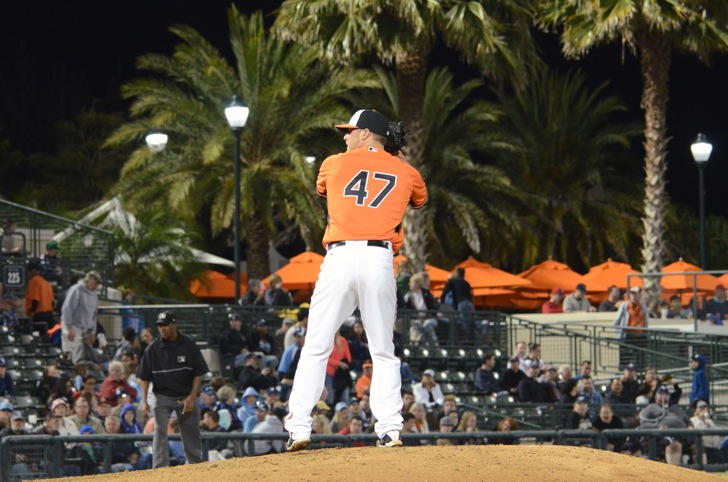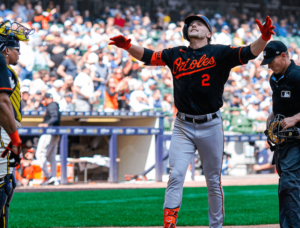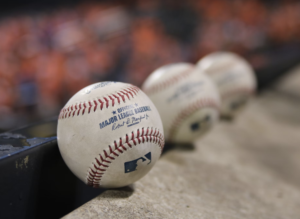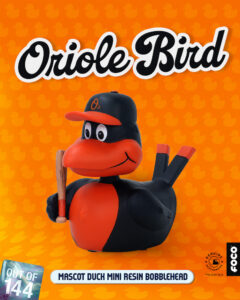The Orioles escaped from Boston on Patriot’s Day with a 7-6 victory over the Red Sox, but it definitely didn’t come easily.
Fans were forced to sweat out the ninth inning as what was once a 6-0 lead had shrunk to 7-5, and that slim lead was in jeopardy after a Brock Holt infield single, Dustin Pedroia double, and David Ortiz intentional walk loaded the bases with only one out in the bottom of the ninth. It looked as if the O’s were on the verge of a second consecutive heart-breaking loss in Fenway. Fortunately, Tommy Hunter was then able to get Mike Napoli to ground out (scoring Holt) and Mike Carp to do the same to salvage a win and series split.
Many, including Jim Hunter, Joe Angel, and myself, were able to breathe a sigh of relief after an emotional roller coaster of a game that included a six-run explosion by the Birds in the third inning, followed by persistent chipping away by the Red Sox.
Hunter being able to get out of a tight spot in the ninth inning got me wondering just how effective Oriole pitchers have been in such situations so far this season. The answer is this: much better than they are when the pressure is low.
In instances Baseball Reference categorizes as “low leverage,” opposing teams were hitting .297/.364/.453 against Oriole pitching through April 20. That average against is the second highest in the American League, just behind Boston’s .298. The on-base percentage is the highest, ahead of the White Sox at .358. The slugging percentage is the third highest, behind only the Yankees and Tigers.
In “medium leverage” situations, the slash line changes to .289/.345/.460, with the average, on-base percentage, and slugging percentage coming in at second highest, third highest, and second highest respectively. During these times, the Orioles have allowed the most hits (68), home runs (9), and second most runs (27) in the AL.
When the pressure is at a fever pitch, however, Baltimore has been admirable in limiting damage.
In “high leverage” situations (HLS), Oriole pitchers have allowed batters a .208/.289/.308 line, fifth lowest in all three rate stats. It’s perhaps a bit more impressive when you see the team is tied for the second fewest strikeouts with 24. Guys are frequently putting the bat on the ball, but a .250 BABIP (batting average on balls in play) that’s also fifth lowest has helped to yield the second fewest runs (27). The O’s have also allowed the second fewest walks (10) and home runs (1) in HLS.
In terms of individuals, Brian Matusz (1.511 in 13 at-bats), Miguel Gonzalez (1.337 in 15 at-bats), and Ubaldo Jimenez (1.219 in 29 at-bats) have struggled the most when pressure is low, with all three sporting a well above desired OPS against.
Who’s the best in high leverage spots? Among starters, that would be Chris Tillman, who has allowed just two hits in 17 at-bats, good for a .118/.167/.118 line. He’s also tied for the team lead with five strikeouts. Evan Meek (.091/.231/.182 in 11 at-bats) and Zach Britton (.214/.313/.214 in 14 at-bats) check in as the top two out of the bullpen.
Knowing that Oriole pitchers have, thus far, held their own in predicaments that can best be described as dicey may or may not cause you bite your fingernails any less going forward when the situations present themselves. Baseball can be a fluky sport as we know, and anything can happen. But, at the present time, we should all be a bit thankful because the team’s record could be worse if a few of those treacherous innings weren’t well navigated.
photo: Craig Landefeld









